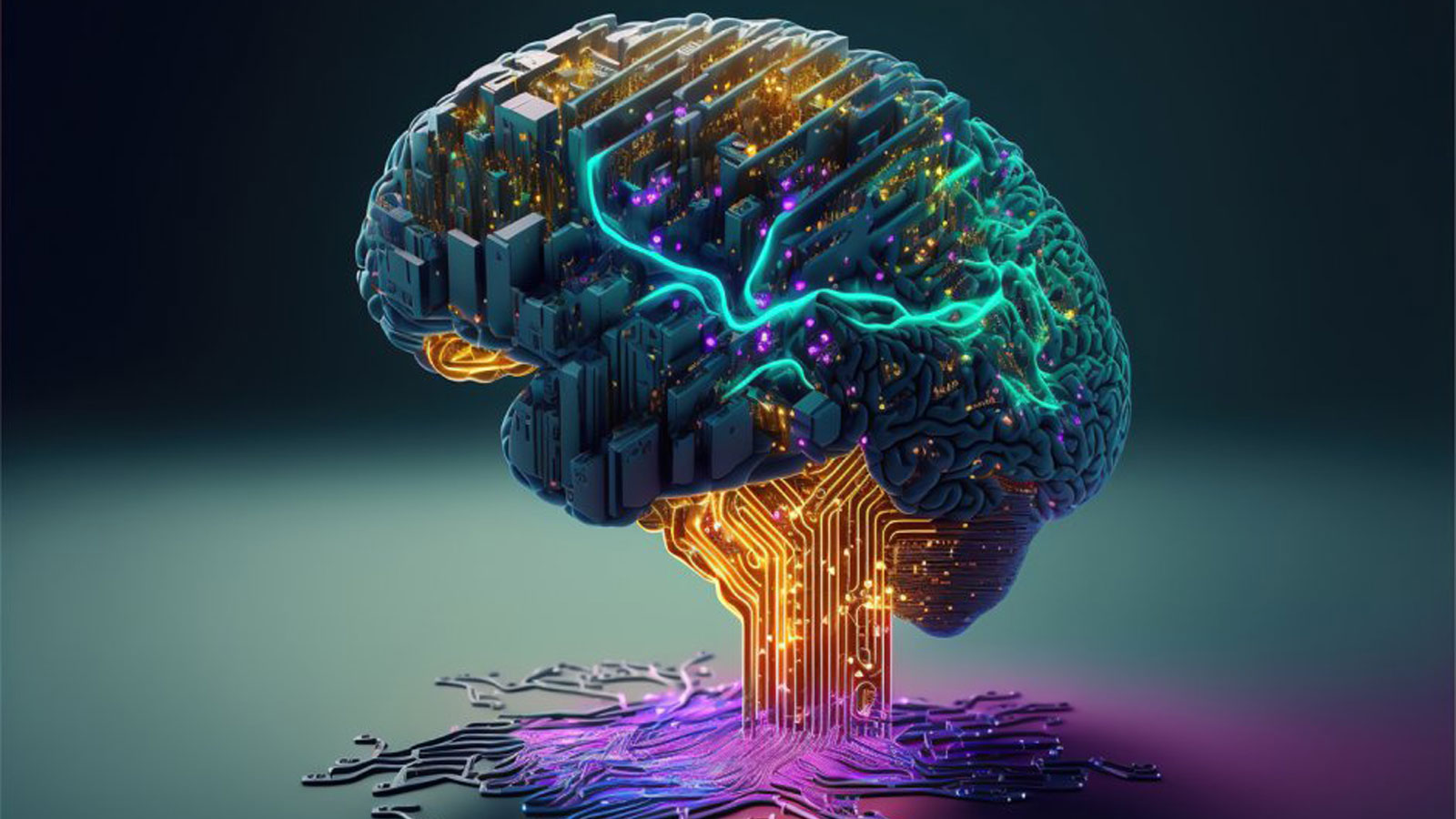How to Use Generative AI as a Knowledge Worker to Gain a Competitive Advantage

The future of knowledge work is human-AI collaboration. As artificial intelligence rapidly advances, generative models like GPT-3 have the potential to transform how professionals research, strategize, create, and communicate. But simply adding technology tools is not enough – to fully capitalize on AI’s possibilities, knowledge workers must understand how to best integrate it into their workflows.
Many initially view AI as a threat that will automate jobs. However, generative AI is more akin to power steering for the mind – it augments human strengths rather than replaces us. The technology handles rote tasks while empowering people to focus on creative, strategic thinking. AI may become the most impactful productivity tool since the spreadsheet.
Yet, as with any new technology, it is necessary to learn best practices to smoothly incorporate AI assistants. Through purposeful learning and experimentation, professionals can leverage generative AI to enhance research, draft content faster, translate complex topics, and automate administrative work. AI allows knowledge teams to work smarter, not longer.
This article provides practical guidance on efficiently leveraging generative AI’s unique capabilities as a knowledge worker. Adopting these tips positions you on the cutting edge of how work is evolving. Your commitment to lifelong learning of how to apply AI ensures you remain irreplaceable – with technology amplifying your talents to even greater heights…
Understand How Generative AI Works
The key to effectively utilizing generative AI is having a basic grasp of how the technology works. Generative AI models like GPT-3 are trained on vast datasets of text and can generate human-like content when prompted. The AI looks for patterns in the training data to predict the most statistically likely next words to complete a prompt. It’s important to provide clear instructions so the AI generates relevant, high-quality output.
Use AI to Draft Content
One of the most powerful applications of generative AI is using it to draft content. Whether you need to write emails, reports, articles, or other business documents, the AI can provide a starting point to work from. After giving the AI a topic and brief description of what you need, it can return paragraphs or even full rough drafts to then edit and refine, saving you time and mental effort.
Generate Ideas and Outlines
In addition to drafting content, generative AI can also assist with coming up with ideas and content structure. If you provide the AI with background information on a document you need to create, it can generate an outline, key points to cover, and other ideas to kickstart your thought process. This allows you to leverage the AI’s ability to synthesize information and identify patterns.
Conduct Research
Knowledge workers regularly need to research and learn about new topics. Generative AI can speed up this process by providing summaries when given a search query. For example, you can prompt the AI to summarize the key takeaways from research papers, articles, or books on a particular subject. It can pull out vital information and identify connections you may have missed reading the content yourself.
Translate Complex Topics
Generative AI models have a unique ability to take complex concepts and translate them into easy-to-understand explanations. As a knowledge worker, you can use this to your advantage by asking the AI to explain or rephrase dense subject matter from sources like research publications and technical documentation. This helps turn difficult material into accessible language for documents, presentations, emails, and more.
Automate Repetitive Tasks
Knowledge workers often get bogged down handling repetitive administrative duties like scheduling meetings, filling out forms, compiling reports from multiple sources, and replying to routine emails. Generative AI excels at mimicking these predictable tasks to automate them. After providing a few examples, you can have the AI generate similar content going forward to free up your time.
Augment Team Collaboration
Generative AI isn’t just a solo productivity hack—it can also improve team collaboration. AI tools can be leveraged to take meeting notes, compile highlights from creative brainstorming sessions, and synthesize key points from multiple team members’ contributions on documents. This gives teams access to an artificial brain to complement their existing skills and boost collective intelligence.
Continuously Learn and Improve
To fully realize the benefits of generative AI, it’s important to keep learning about the technology and regularly experiment with new techniques. Watch educational videos, take courses, read blogs, and push the boundaries of how you use AI. As the capabilities rapidly improve, staying up-to-date will ensure you capitalize on the latest advances.
Conclusion
Start applying these tips today to integrate generative AI into your knowledge work. Approach the technology as a productivity multiplier rather than a replacement—you provide the strategic thinking, innovation, and human touch while AI handles the tedious busywork. Used wisely, generative AI can give your business a true competitive advantage.